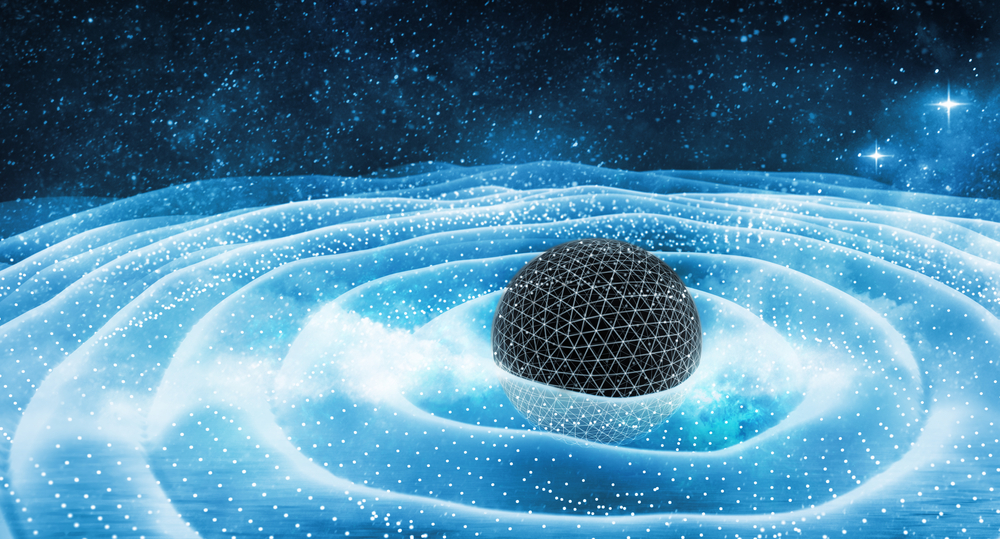International collaborations between Ligo, Virgo and Kagra Gravitational Wave Observatories have reached an extraordinary milestone by detecting the 200th candidate gravitational wave signal in its latest observation run, O4.
This record-breaking discovery, which occurred on March 19, is believed to be attributed to a merger between the two black holes. This is a celestial event that highlights the enormous advances in astronomy of gravitational waves.
The current surge in detection is unprecedented compared to previous observation periods (O1, O2, and O3) that collectively identified 90 gravitational waves.
The dramatic increase is attributed to the significant technical enhancements made during the observation period of O3 and O4, which increases the sensitivity of the detector, allowing the perception of more distant and subtle cosmic phenomena.
Black hole mergers dominate signal detection
Of the 200 recorded signals, the majority are attributed to the fusion of pairs of black holes.
These high-energy events create ripples in space-time that can be detected more accurately by upgraded observatory.
Although black holes mergers dominate the dataset, detections involving neutron stars either in neutron star mergers or in mixed binaries of black holes remain relatively rare due to the weak gravitational signals they emit.
The science behind discovery
Since the start of the O4 observation period in May 2023, networks of gravitational wave detectors have been continuously scanning space for signs of space collisions.
A brief operational pause in early 2024 allowed Virgo to rejoin the LIGO Observatory, further enhancing network detection capabilities.
The current phase is set to last until October 2025, with another scheduled technical break in the spring that will allow for improved equipment and increased sensitivity.
The scientific community is currently deeply involved in analyzing the vast datasets accumulated over the past year and a half. These findings provide important insights into the evolution of black holes, neutron stars, and the universe.
This new influx of information is expected to improve existing astrophysical models and lead to groundbreaking discoveries of the fundamental forces governing the universe.
Global Efforts for Multi-Immersion Astronomy
In addition to detecting gravitational waves, LVK Collaboration is dedicated to quickly sharing its results with the global scientific community.
Through NASA’s GCN Circular, astronomers around the world receive nearly internal alerts regarding newly detected signals.
This rapid spread allows us to capture a comprehensive picture of these cataclysmic events – tuned observations using gravitational waves, electromagnetic radiation, gamma rays, neutrinos and cosmic rays.
A specialized group known as the Rapid Response Team (RRT), consisting of over 600 researchers, is responsible for instantly assessing candidate signals.
Their role is to determine whether the detected signal is derived from astrophysical events or terrestrial interference. Uses advanced algorithms to estimate the mass and the approximate position of the merge object.
This information is usually published within just 30 minutes of detection, encouraging real-time collaboration between observatory observatory around the world.
Gravitational Wave Signal Verification and Improvement
Each detection is initially classified as a candidate event, but further analysis is required to confirm its reliability.
Scientists use sophisticated time-based computational techniques to distinguish real gravitational wave events from background noise. In some cases, previously detected signals may be reclassified, but overall, the number of confirmed events remains largely stable after thorough examination.
The future of gravitational wave astronomy
As the period of observation for O4 progresses, researchers anticipate more detections, enriching their understanding of the universe.
The success of Ligo, Virgo, and Kagra highlights the importance of international cooperation and technological advances in the detection of gravitational waves.
With future upgrades and expansions planned, the ability to investigate the depths of the Cosmos will only continue to improve, and it could potentially unveil new astrophysical phenomena beyond current understanding.
Source link

